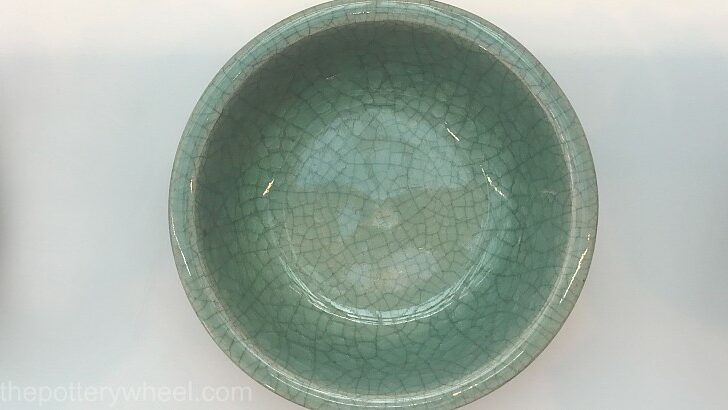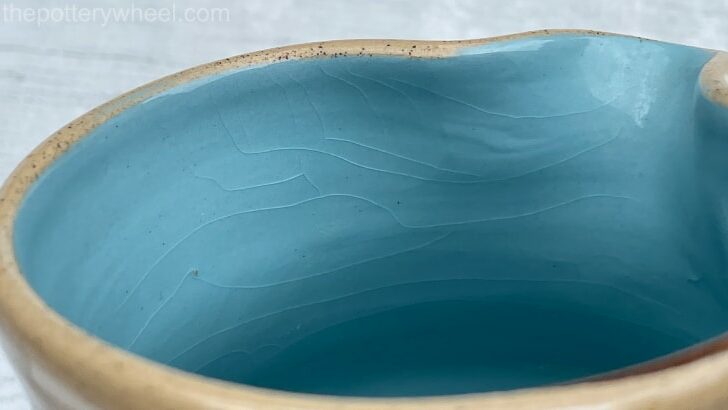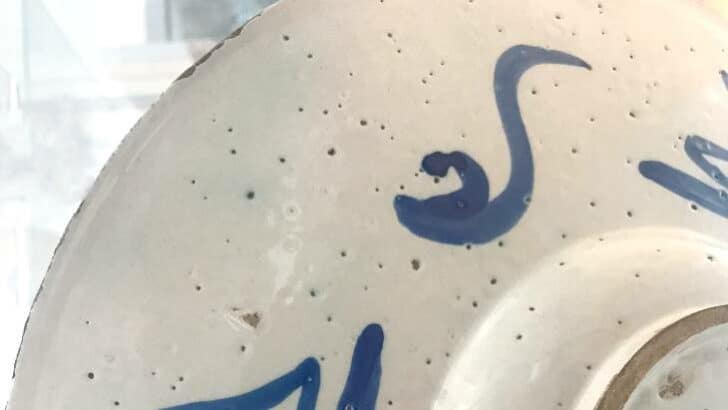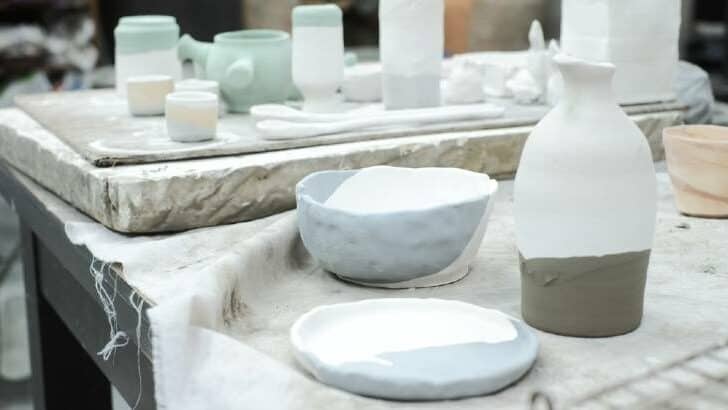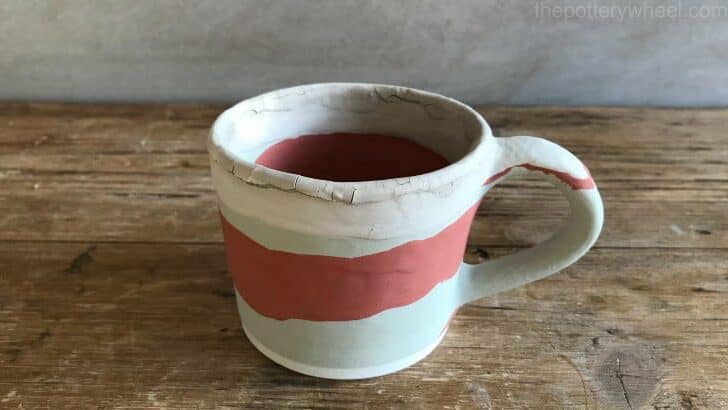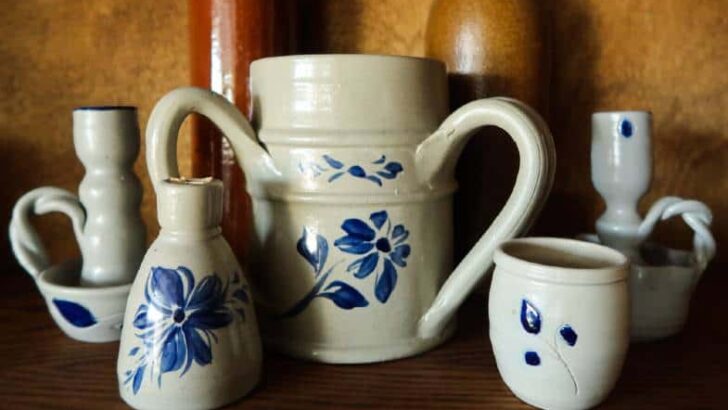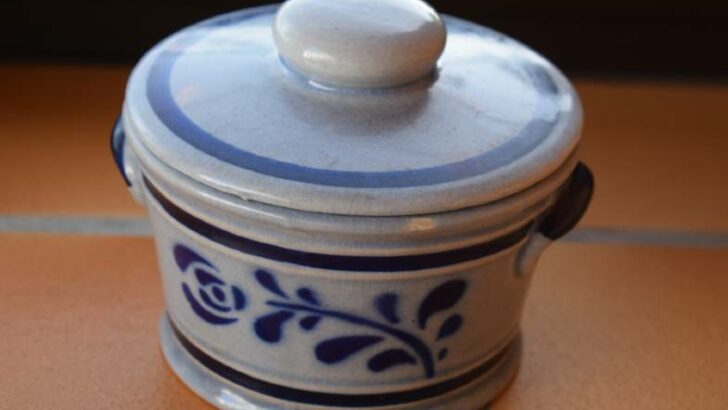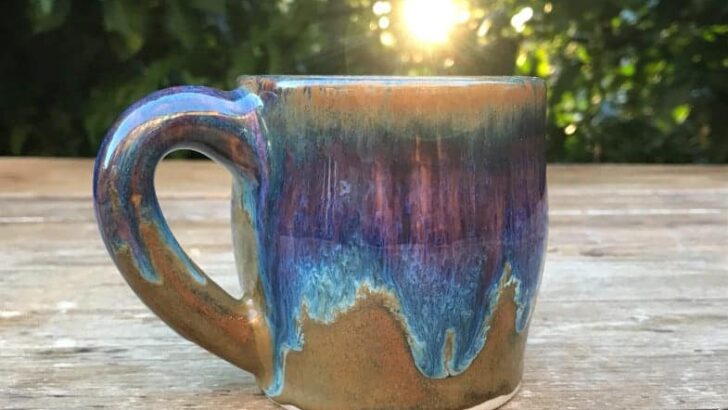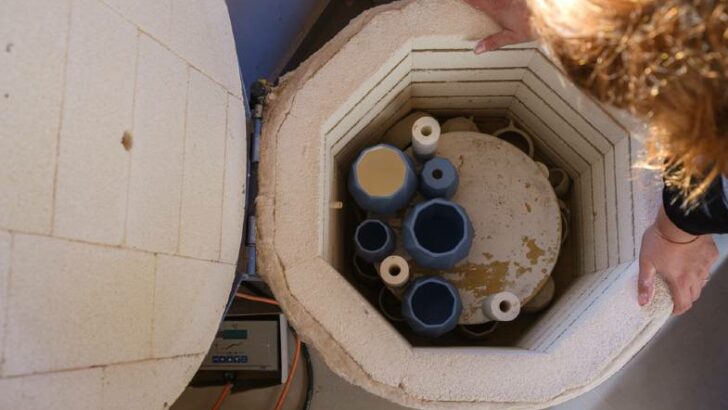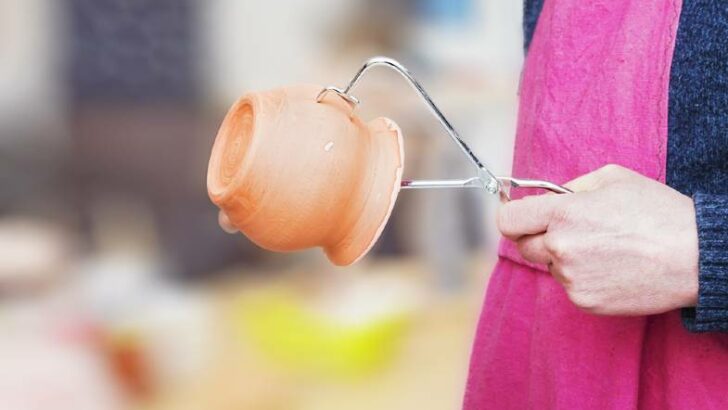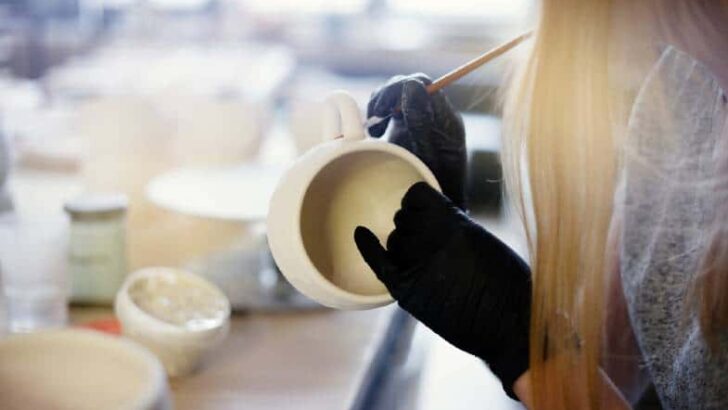Glazing
-
Crazing in Pottery Glaze – Causes & Ways to Prevent It
Crazing in pottery glaze is a network of very fine cracks that cover the glaze on a piece of ceramics. Sometimes potters deliberately want to create a crazing effect, and this is known as crackle glaze. But a lot of the time crazing is considered to be an unwanted glaze defect. Crazing happens when a…
-
Are Dishes with Crazing Safe to Use? 3 Hazards to Consider
Crazing looks like a very fine network of cracks in the glossy glazed surface of your ceramics. If you run your finger over the fine cracks, it will most likely feel smooth. But are dishes with crazing safe to use? No, dishes with crazing are not safe to use for food and drink. The tiny…
-
Pinholes in Pottery Glaze – 6 Causes and Simple Solutions
Pinholes in pottery glaze are one of the most common glaze defects you will encounter. They can be tricky to resolve because they are often caused by more than one factor. However, through a process of elimination, you can often find the main culprit and fix your pinholing issue. It may just take a bit…
-
Are Pinholes in Glaze Food Safe? – Keep It Or Trash It?
Pinholes in pottery glaze can ruin the look of a piece. They are a pest and a disappointment when you unload the kiln. But a more pressing question is whether pinholes in glaze are food safe. Can the affected pots be used, or do they need to go into the trash? It’s often said that…
-
What Happens When You Put too Much Glaze on Pottery?
Applying glaze is a learning curve. It can be tricky to control exactly how much you apply. This article is about what can happen if you put too much glaze on pottery. If you put too thick an application of glaze on pottery, several things can occur. The glaze may crack and flake off as…
-
9 Reasons Your Glaze is Not Sticking to Your Bisque
There are many different reasons why your glaze is not sticking to your bisque pottery. Maybe it looks fine when you apply it and it is damp, but it flakes off as it dries. Or maybe it’s simply rolling off the bisqueware as you try to apply it. Luckily, there is always a solution, it…
-
Salt Glazed Pottery – About Salt Glazing, Past, & Present
Salt glazing has been around since the 14th century. And though it’s no longer used as an industrial way of making pottery, it is still popular amongst individual potters. Small craft potteries still produce beautiful salt glazed pottery. In this article, I dive into how exactly salt glaze pottery is made. I’ll also look at…
-
How to Identify Salt Glazed Pottery – Key Features & Marks
If you are involved in the pottery field – whether as a potter yourself or lover of fine things – you would have come across quite the number of designs and finishes. From the terra sigillata to salt-glazed pottery, these units bring different things to the table. Salt-glazed pottery is usually characterized by its German…
-
4 Potter’s Choice Glaze Problems – And How I Solved Them
I really like the look of flowing glazes, so when I first saw the Potter’s Choice range, I loved them. When I began to use them, I had a few difficulties and I wasn’t getting the results I wanted. With a bit of research, and with trial and error, I have worked through these. Here…
-
Can you Refire Underfired Glaze? – Rescuing Your Pots
A lot of heart and soul can go into making your pottery. So, it can be gutting when your glaze doesn’t turn out how you wanted it to. If your glaze is underfired, you might be wondering if you can do anything to salvage your work. The question is, can you refire underfired glaze to…
-
How to Glaze Pottery at Home – With or Without a Kiln
If you are starting your pottery journey, you may be wondering just how to glaze pottery at home. Is it possible? What are your options? You will be pleased to know that it is completely possible to glaze pottery at home. This article is all about the different ways to glaze pottery both with and…
-
How Long Should Glaze Dry Before Firing? Drying Glaze
When I first started glazing my own pottery, I wondered how long should glaze dry before firing? I was well aware that greenware can explode in the kiln if it is fired when damp. But what about glazed bisque ware? Glaze contains water, so does that water need to be given time to evaporate before…

